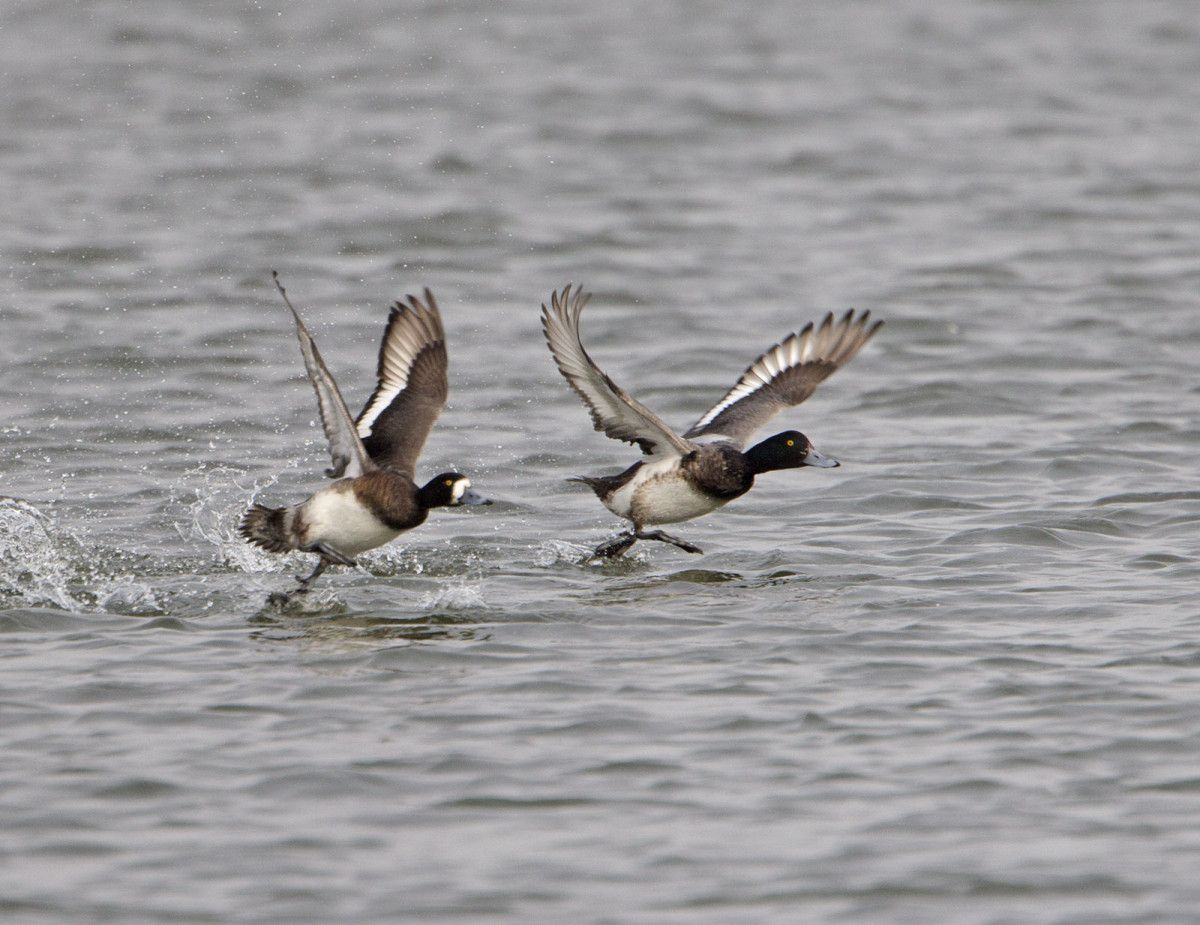BTO Research Reports are scientific papers that have been self-published by the BTO. The following is a full list of the published BTO research reports. Most are free to download, and links to Abstracts are included where possible.
Numbers missing from the list are those allocated but which were never produced or which have not been published. BTO recognises that, particularly in respect of commercially sensitive cases, a period of confidentiality is appropriate for some projects. However, in the interests of scientific development and dissemination of information, we encourage clients to permit publication as soon as it is reasonable to do so.
- If you wish to purchase a physical copy of a report please contact researchreports@bto.org.
- More information about our Annual Service reports to JNCC 1992-2005.
Assessment of recent Hen Harrier population trends in England through population modelling
This study uses a population modelling approach to explore the effects of changes in rates of productivity, survival, and settlement on population growth in the English population of Hen Harriers.

Search
Effectiveness of the European Natura 2000 network to sustain a specialist wintering waterbird population in the face of climate change
Author: Marchowski, D., Ławicki, Ł., Fox, A.D., Nielsen, R.D., Petersen, I.K., Hornman, M., Nilsson, L., Haas, F., Wahl, J., Kieckbusch, J., Nehls, H.W., Calbrade, N., Richard Hearn, R., Meissner, W., Fitzgerald, N., Luigujoe, L., Zenatello, M., Gaudard, C. & Koschinski, S.
Published: 2020
Research involving BTO documents a decline in numbers and a shift in range for Scaup in Europe.
20.11.20
Papers

Irregular silviculture positively influences multiple bat species in a lowland temperate broadleaf woodland
Author: Alder, D.C., Poore, A., Norrey, J., Newson, S.E. & Marsden, S.J.
Published: 2020
Changes in woodland management have been linked to declines in birds and other wildlife but we know little about the impacts of such changes on our bat populations. All 17 of the bat species found breeding in the UK use woodlands and many are reliant on semi-natural broadleaved woodland. Because of the increasing pressures on our woodlands and their bat populations it is essential that we improve our understanding of how different types of woodland management affect their use by bats.
19.11.20
Papers
A 2021 Horizon Scan of Emerging Global Biological Conservation Issues
Author: Sutherland, W.J., Atkinson, P.W., Broad, S., Brown, S., Clout, M., Dias, M.P., Dicks, L.V., Doran, H., Fleishman, E., Garratt, E.L., Gaston, K.J., Hughes, A.C., Le Roux, X., Lickorish, F.A., Maggs, L., Palardy, J.E., Peck, L.S., Pettorelli, N., Pretty, J., Spalding, M.D., Tonneijck, F.H., Walpole, M., Watson, J.E.M., Wentworth, J. & Thornton, A.
Published: 2020
17.11.20
Papers
Sule Skerry – an overspill gannetry from Sule Stack
Author: Harris, M.P., Blackburn, J., Budworth, D. & Blackburn, A.C.
Published: 2020
We thank the many members of the Sule Skerry Ringing Group who helped with fieldwork and the Seabird Group for financial support, Stuart Murray and John Love for supplying their pictures of Sule Stack and Sule Skerry respectively, Bob Anderson of MV Halton and his various crew members for safely ferrying us to and from the island and Sarah Wanless and Steve Votier for substantially improving the manuscript.
13.11.20
Papers
Camera traps reveal predators of breeding Black Guillemots Cepphus grylle
Author: Johnston, D.T., Furness, R.W., Robbins, A.M.C., Tyler, G.C. & Masden, E.A.
Published: 2020
11.11.20
Papers